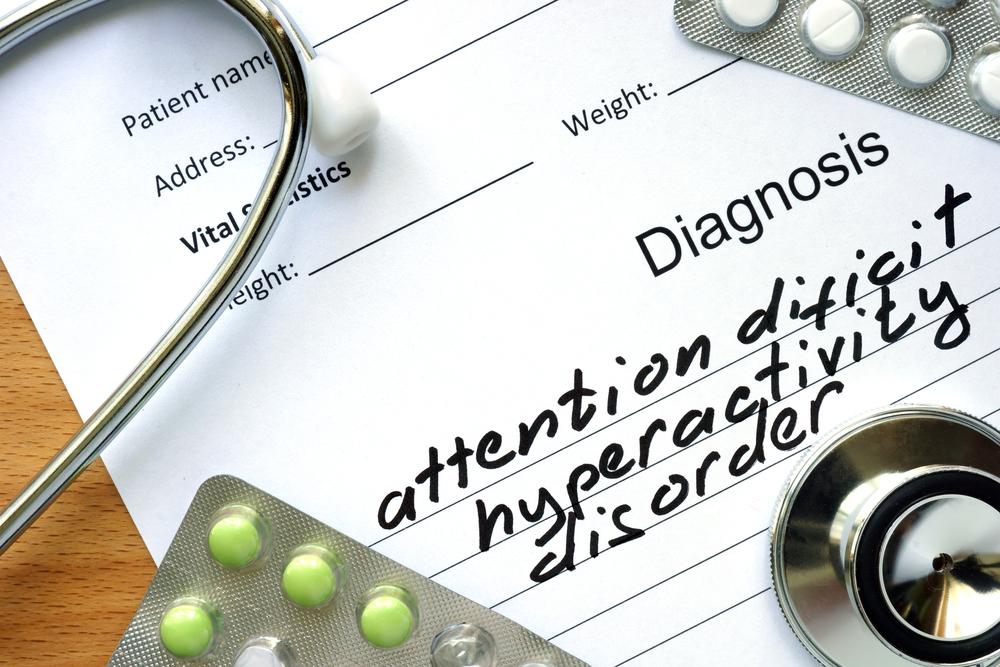Understanding Anxiety Disorders: Causes, Symptoms, and Solutions
This article offers an in-depth look at anxiety disorders, exploring their causes, symptoms, and treatment options. It highlights how genetic, environmental, and lifestyle factors contribute to anxiety. The piece emphasizes recognizing symptoms early and discusses therapies such as CBT and medication that can effectively manage anxiety. It encourages seeking professional help for proper diagnosis and treatment, aiming to improve quality of life for those affected.

Anxiety can strike at any moment—whether at work, during exams, or when facing critical decisions. For some, this feeling persists long-term, disrupting daily activities. Anxiety disorders include conditions such as phobias and panic attacks. People with these disorders may experience sudden, intense fear lasting over six months, affecting their quality of life.
Panic Attacks Individuals with panic disorder may face recurring episodes of intense terror, often accompanied by symptoms like sweating, chest tightness, or a sense of doom. These episodes lead many to avoid situations that might trigger another attack.
Other anxiety-related conditions include phobias, which involve irrational fears of specific objects or situations. People with phobias may go to great lengths to avoid their feared triggers.
What Causes Anxiety?
Research indicates that both environmental and genetic factors contribute to anxiety development. Brain chemistry imbalances also play a crucial role, leading to heightened fear responses.
Genetics: A family history of mental health issues increases risk.
Childhood traits: Shyness or inhibited behavior early in life can be precursors.
Caffeine intake: Excessive caffeine can produce feelings of nervousness and heart irregularities.
Health conditions: Existing issues like heart problems can exacerbate anxiety Symptoms.
External factors are also influential, including:
Financial difficulties
Medication effects
Trauma or loss of loved ones
Work-related stress
Substance abuse
Relationship challenges
Post-illness depression
Recognizing Symptoms
Anxiety symptoms often emerge during adolescence, gradually intensifying over time. Key signs include:
Uncontrollable worry and nervousness
Restlessness and concentration issues
Physical discomfort such as headaches or muscle pain
Persistent irritability
Sleep disturbances
Worrying over minor concerns
Effective Treatment Options
Managing anxiety usually involves medication, therapy, or a combination of both.
Cognitive Behavioral Therapy (CBT): It helps individuals develop coping skills and reduce fear levels.
Medications: Antidepressants and beta-blockers can alleviate symptoms.
Benzodiazepines: Often provide quick relief, proving more immediate than antidepressants.










